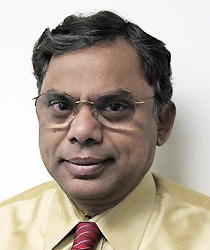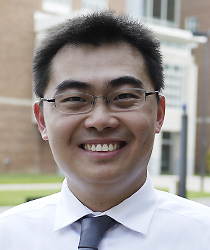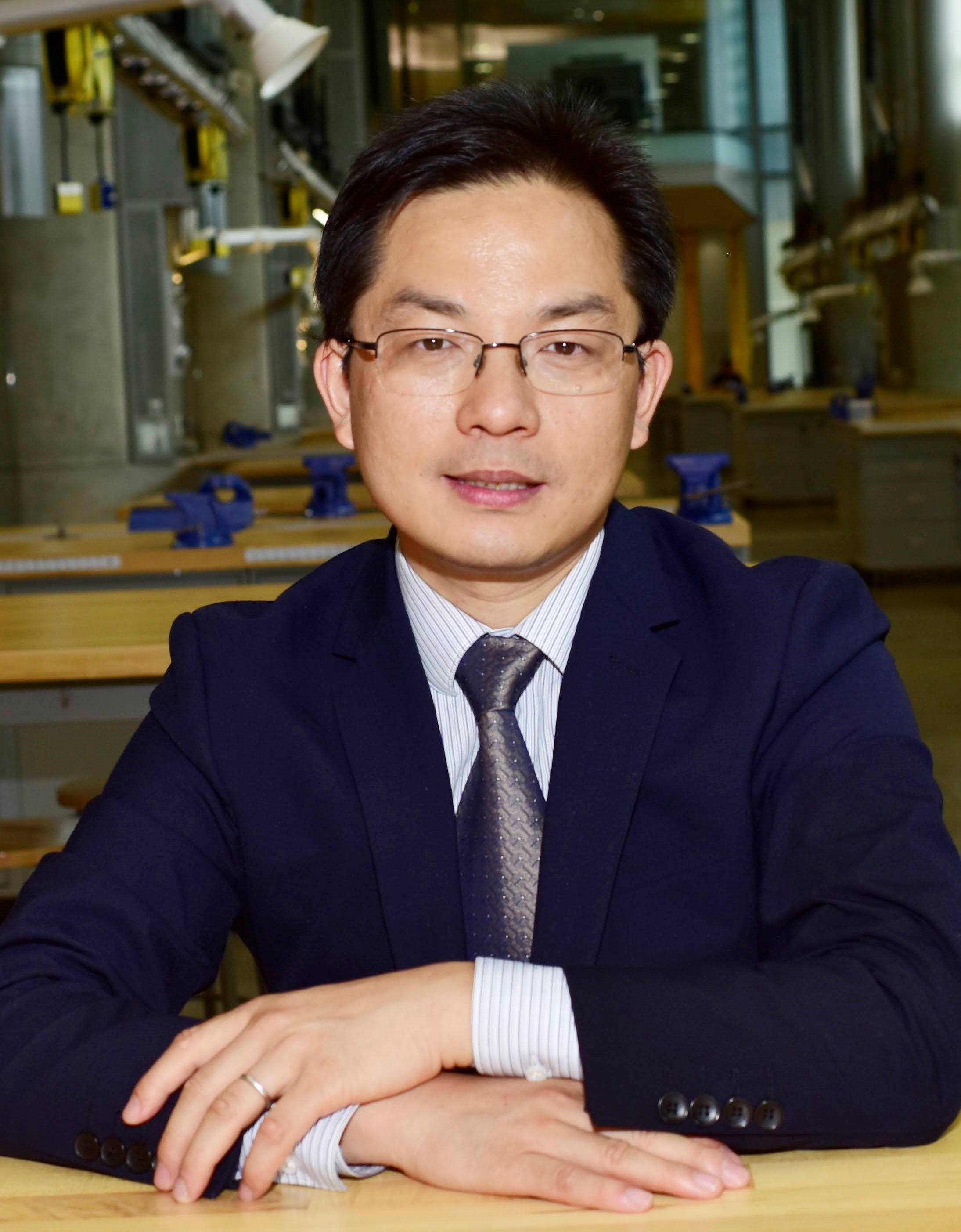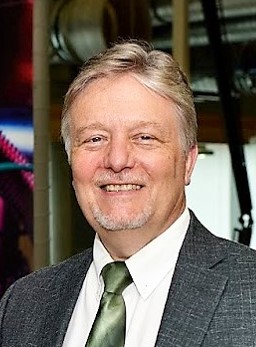Structural Materials research includes ceramics, composite materials and metal alloys:
Ceramics
A ceramic is a material that is neither metallic nor organic. It may be crystalline, glassy or both crystalline and glassy. Ceramics are typically hard and chemically non-reactive and can be formed or densified with heat. Ceramics are more than pottery and dishes: clay, bricks, tiles, glass and cement are probably the best-known examples. Ceramic materials are used in electronics because, depending on their composition, they may be semiconducting, superconducting, ferroelectric, or an insulator. Ceramics are also used to make dental crowns, spark plugs, fiber optics, artificial joints, space shuttle tiles, cooktops, race car brakes, micropositioners, chemical sensors, self lubricating bearings, body armor, skis and superconductors.
Composites
Metamaterials are composite systems whose properties are dominated not by the individual atoms, but by the properties of larger, artificially produced structures or "meta-atoms." The most famous types of metamaterials are those in which the interaction with light is markedly different than in conventional materials: in some cases the index of refraction which determines the speed of light can even be negative-light bends in the opposite sense from common experience in these materials. Possible applications are invisibility cloaks and aberration free lenses.
Metal Alloys
How can we create planes that are so light and have so little drag that one day a flight from New York to Tokyo might take only 5 hours instead of 13? How can we design medical implants that are biocompatible and don't wear out during a patient's lifetime? How can we make mountain bikes that are easier to carry over streams? How can we safely store nuclear waste for 10,000 years or more?
The answer to all of these questions is: use metals more effectively!
From a Samurai sword to a steel I-beam to electrical wiring, metals are part of our past, present and future. Metals are the most common elements in the periodic table and are characterized by malleability, ductility, high electrical and thermal conductivity and a shiny surface that reflects light. Metallic bonding where valence electrons are shared by the entire solid gives rise to the "free" electrons responsible for electrical and thermal conductivity.
Most metals and alloys (combinations of metals) are also highly crystalline, which is the key to their ability deform plastically and to resist failure under repeated mechanical loading—good examples of this are the alloys used in aircraft that can compensate for deformation in high-speed flight, or skyscrapers designed to bend in the wind.
When approaching the nanometer scale, in which electrons behave like waves and surface effects are important, metallic materials acquire intriguing properties. For instance, silver nanoparticles are yellow and gold nanoparticles are burgundy. These new optical properties are interesting for sensing and communication technologies.
More about Metals...
Shape Memory Metal: Shape memory materials display an unusual property of "remembering" the shape they were formed into at high temperature. They experience a solid state phase change, in which atoms are rearranged, but the material remains a solid. If a piece of shape memory metal alloy wire is deformed, for example, it will return to its original state when exposed to the heat of a hair dryer—the heat triggers the "memory" of where the atoms were at the time of its production.
Amorphous Metal: An amorphous metal is an alloy combining elements of differing atomic diameters. The dark grey disk (left) is an amorphous metal formed by combining 5 different atoms together: zirconium, titanium, copper, nickel, and beryllium (Zr41.2Be22.5Ti13.8Cu12.5Ni10.0). The differing atomic diameters and unusual composition prevents the atoms from arranging in a regular crystalline structure. The atoms have no easy way to slip by each other under deformation, resulting in a very hard material. When a steel ball bearing is dropped on the amorphous metal, it does not permanently deform and the ball bounces many times before coming to rest.
Faculty Members:

|
Sreeramamurthy AnkemProfessor301-405-5219 | ankem@umd.edu Profile |

|
Isabel LloydAssociate Professor301-405-5221 | illoyd@umd.edu Profile |

|
Yifei MoProfessor301-405-7613 | yfmo@umd.edu Profile |

|
Liangbing HuDistinguished University Professor301-405-9303 | binghu@umd.edu Profile |

|
Eric WachsmanProfessor301-405-8193 | ewach@umd.edu Profile |
Top